
Athletes whose coaches are open, authentic and positive are more likely to have better mental health, a new study says. Athletes feel happier and deal with problems more easily if their coaches adopt an “authentic leadership” style, researchers report in the journal Psychology of Sport and Exercise. Such a leadership style also produces better and more cohesive team spirit at higher competitive levels, results show. Players in national, international or college leagues are more likely to support and encourage each other if they’re receiving such coaching, said lead researcher Maria Kavussanu, a professor of sport and exercise psychology with the University of Birmingham in the UK. “Higher level athletes tend to train together for longer hours and have the opportunity for more frequent social interaction with each other,” Kavussanu said in a news release. “The relationships that develop within the team become important, as do experiencing positive behaviors such as support and encouragement from their teammates, which can be promoted by coaches adopting an authentic leadership style,” Kavussanu added. Researchers said that aspects of authentic leadership include: Openly sharing information Showing understanding of athletes’ strengths and weaknesses Acting in an ethical manner Listening to alternative perspectives Authentic leadership from coaches is associated with fewer feelings of depression, anxiety and stress among athletes, researchers found. Such leadership also influenced athletes to better support each other, by… read on > read on >










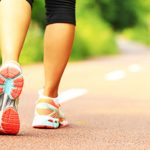

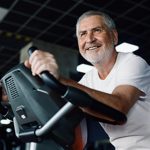

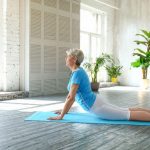

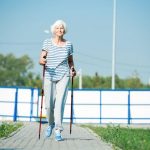

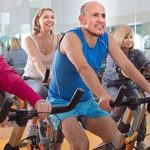
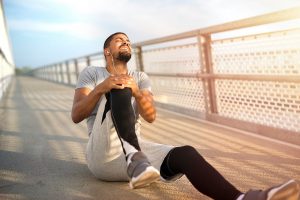
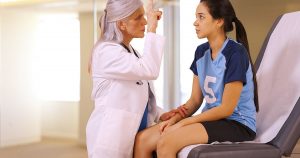






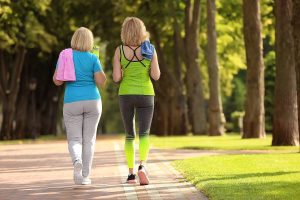










-300x200.jpg)